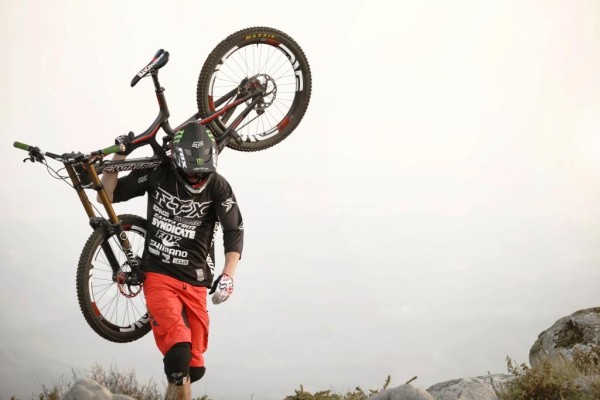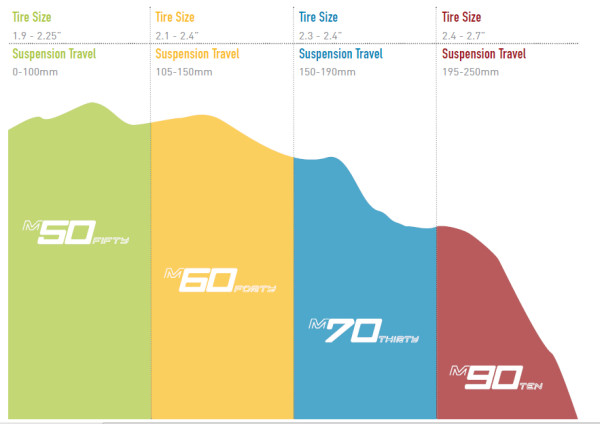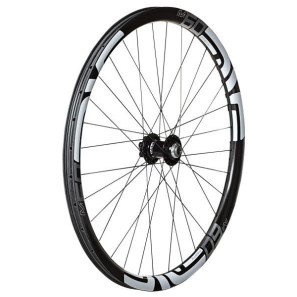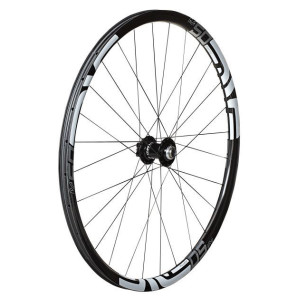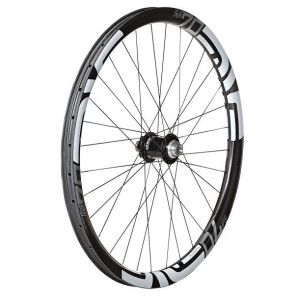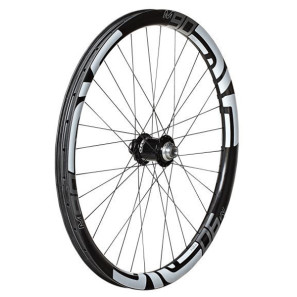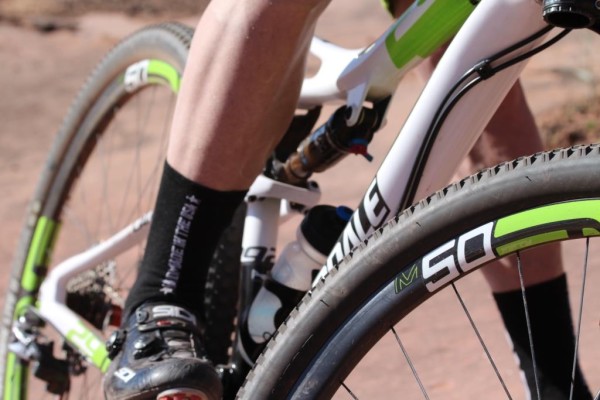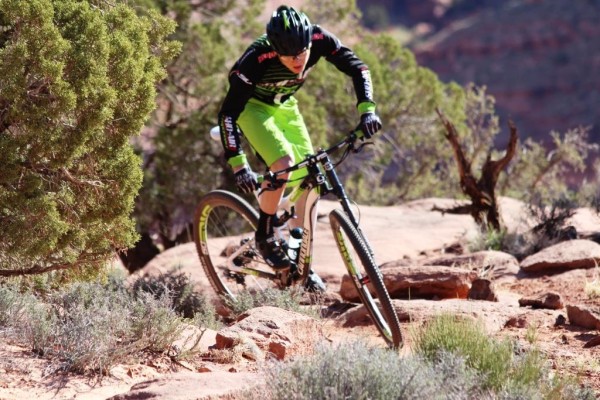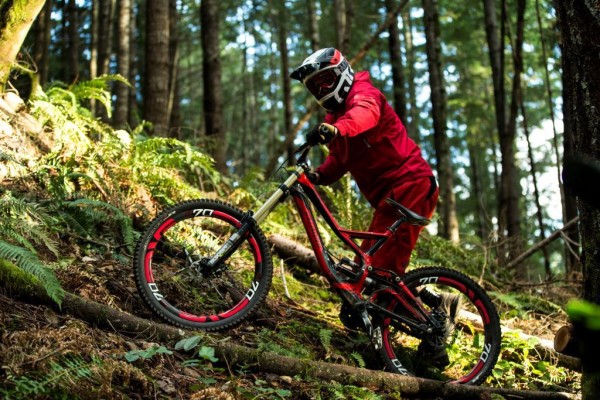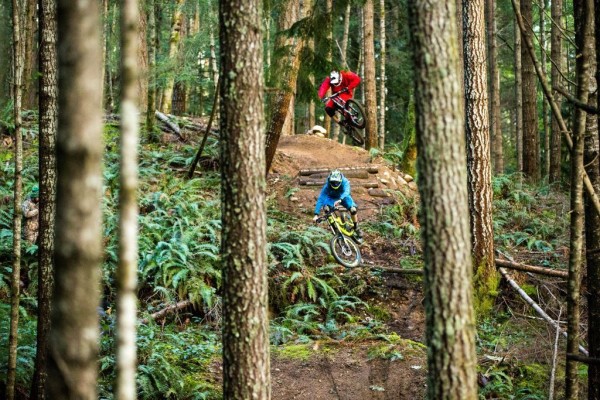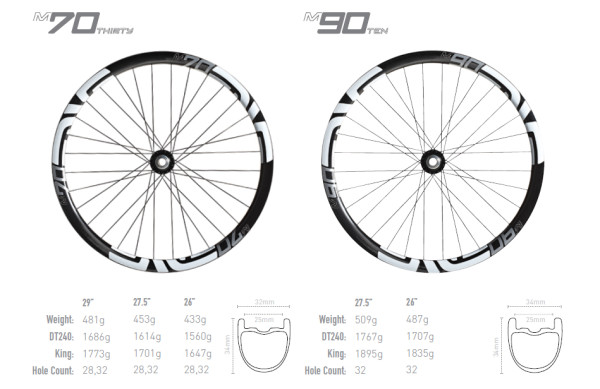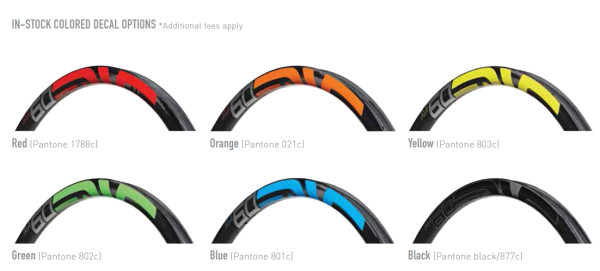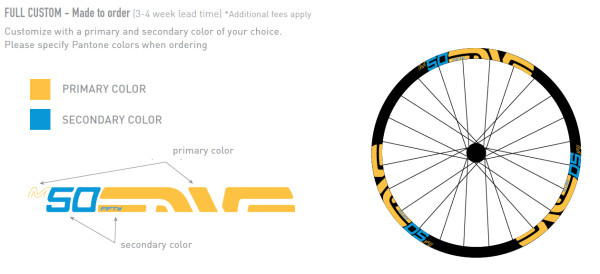It seems like not all that long ago, carbon rims for mountain bikes were a bit of an oddity. Mountain bikers were just coming to grips with carbon as a frame material, let alone a rim material. Considering how often mountain bike rims receive flat spots from unforgiving rocks, or have to be whacked against a tree to try and regain some semblance of true, it’s easy to think that carbon might not be cut out for the job.
After ENVE introduced their first carbon mountain bike rim in 2007, fast forward to 2012 and the Santa Cruz Syndicate was now racing downhill on ENVE’s carbon wheels. Having invested substantially in their research and development along with advanced testing both in the lab and with pro teams, ENVE’s Carbon technology has grown by leaps and bounds. As a rim material carbon is no longer viewed with skepticism, but as the premium, must have (if money is no object) option.
But just as carbon technology has changed, so too has mountain biking or at least how it is classified. More riders seem to be pushing the limits of what’s possible on bikes and categories have changed. While the standard XC, AM, and DH designations made sense in the past, ENVE felt it left a lot of riders unsure of where they fit when it came to selecting a rim. To address the issue, ENVE created an all new naming system which gave rise to the all new M-Series.
There’s much more than just a new name to the M-Series, read about it next…
M-series is all about percentages, specifically the percentage of your ride where you are riding down hill. This breaks the M-series down into 4 new models, the M50fifty, M60forty, M70thirty, and M90ten. Ride cross country and spend equal time climbing as you do descending? You’ll probably want to go with the M50 (50% climb/50% descend). Downhillers, the M90 (10% climb/90% descend). Obviously this is more of a suggestion than an absolute rule, but most riders will find the identify with one of the categories more than the others.
Each M-series wheel is then tuned to offer the best performance for both the terrain and also the likely tire choices of each category. Carbon layups have been optimized for each discipline meaning that the M90 will have more resistance to rock strikes than the M50, yet the M50 will be more compliant for cross country type riding. The wheels are also tailored to each category based on the likely tires size that will be run. As you can see above, each model has a tire size range which specifies the size that the rim shape and profile has been optimized for. By designing the rim for a smaller specific tire size, ENVE states that you can create a more precise and predictable handling wheel system that is ultimately more efficient.
Impact resistance is a big concern with carbon rims, and the M-series are not only stronger than the previous models, but lighter as well. Thanks to a new proprietary rim shape and design, the wheels are said to be more durable and more impact resistance across the board.
Part of the increased impact resistance is likely due to the elimination of the bead hook – which looks to be the way the industry is headed for most carbon Rims. Specialized, Derby, Ibis, and now ENVE are all spitting out the hook in favor of rims that claim to be more precise and offer greater pinch flat and impact resistance. When hooked rims were first introduced it was heralded as a great improvement so why are we getting rid of them now? That would be the advancement of higher quality tubeless tires which offer better fit thanks to their improved beads. In fact, ENVE claims you can run lower tire pressures with their hookless design due to the improved precision of the tire bed. They had us at reduced pinch flats.
Even with all the talk about improved strength and reduced weight, that doesn’t also mean a reduction in ride quality – at least not according to ENVE. Each wheel uses a specific layup that is said to match the vertical compliance of the rim to the terrain and the tires use. That may sound like a lot of marketing, but if you’ve ridden carbon wheels offroad you should at least have been able to discern a noticeable difference in the ride quality compared to aluminum rims – especially ENVE wheels. We’ll wait until we’ve ridden a set to comment, but our guess is that they’ll be as good as they say.
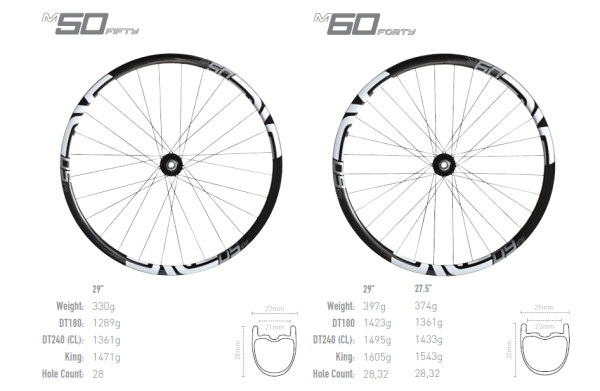
ENVE will be offering the M-series in all wheel sizes, but not in all models. The M50fifty will only be offered in 29″ and is billed as a full race wheel developed with feedback from the Sho-Air and Cannondale Factory Racing teams. Considered more of a light weight Enduro or Trail wheel, or a burly XC race wheel, the M60forty will appeal to a lot of riders looking for a wheelset that is super light for the climb to the top, but won’t hold you back as you rip back down. The M60forty is offered in 27.5″ as well as 29″ but no 26″.
To find any 26″ wheels in the line up you’ll have to look to the M70thirty and M90ten. While still designed to pedal, the M70 is built for gnarly big mountain lines in a durable package that will get you back home. Notice the 29er still available here, which with similar dimensions to the DH specific M90, is as close as you’ll get to a DH 29er wheel from ENVE for now. As for the M90, the DH specific carbon rim is being called the strongest and stiffest rim ENVE has ever made. Considering they have built a number of wheels that have found their way atop World Cup podiums with the Santa Cruz Syndicate, that’s saying something. All of the new wheels are tubeless, including the M90.
In addition to the standard decals, Mseries wheels will be offered with alternative colored decals and even full custom made to order colors. Each option will cost extra, and the Full Custom option comes with a 3-4 week lead time, but if you’re spending this kind of coin on a wheelset it’s nice to have the option to get something you really like.
Just how much will the wheels cost? For starters, all of the wheels and rims carry the same price tag which happens to be $999 per rim. Wheelsets are available with DT Swiss 240 hubs for $2718, Chris King hubs for $2,750, and DT Swiss 180 hubs for $3,298. The 180s will not be offered in the M90ten models however, because well, they’re not a downhill hub.
The M-series is shipping now.
